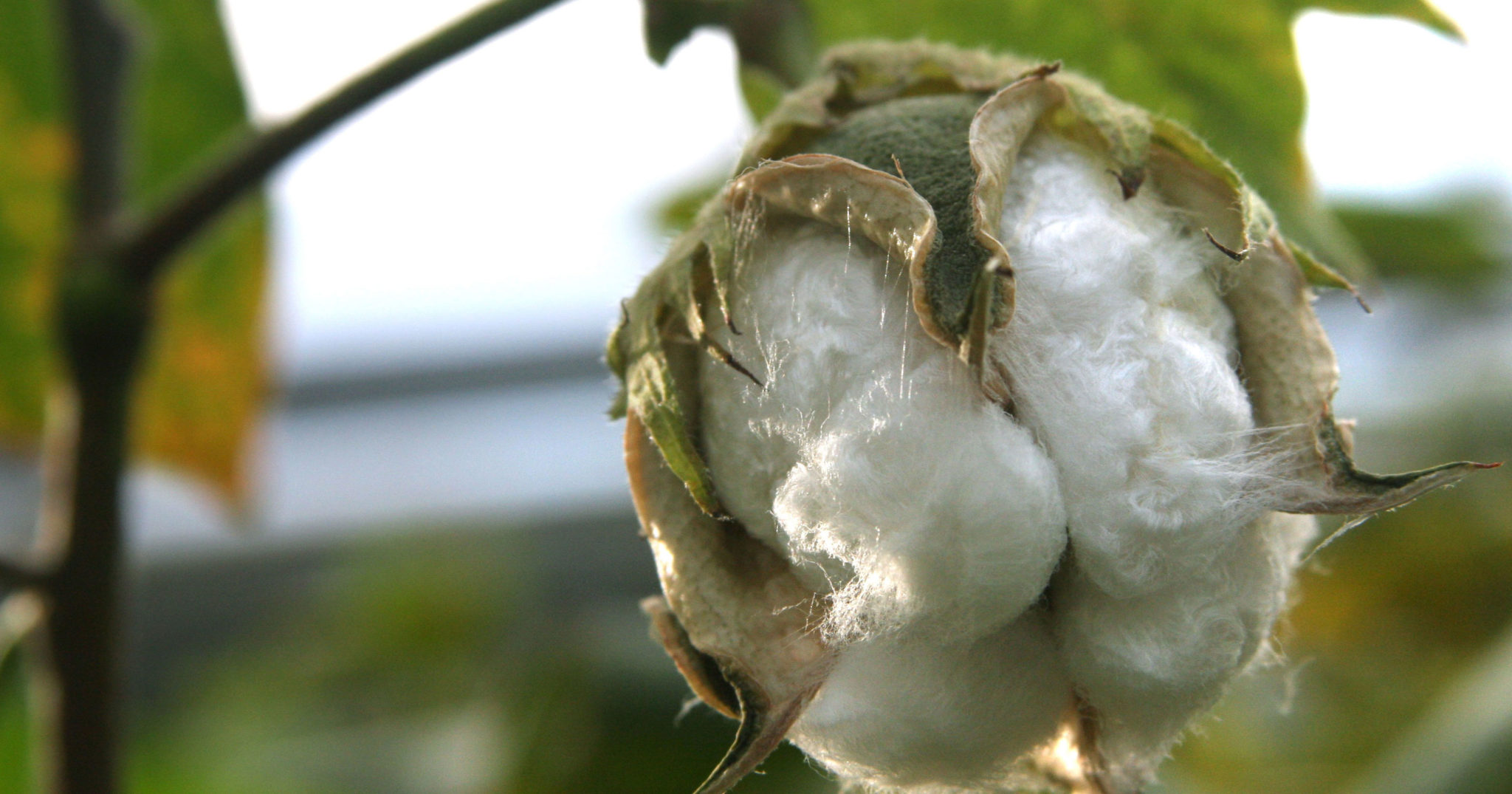
Cotton is the among the crops CSU biologists will use to study plants’ genome duplicating histories.
When humans are born, we inherit one set of genes from our mother, and one from our father – a state biologists call “diploidy,” or housing exactly two sets of chromosomes in the cell nucleus.
Our distant evolutionary neighbors, plants, are often “polyploids;” the nuclei of their cells contain three or more sets of chromosomes as a consequence of genome duplication. While half of a plant’s nuclear genome comes from the egg and half from the sperm, genetic content found within other structures in the cell almost always comes from the egg, resulting in multiple copies of genes.
This complex, separate inheritance scheme has worked well for plants and some animals, but not in humans – polyploidy always results in embryonic death. Biologists at Colorado State University are taking a deep dive into why polyploidy is common in plants, and how it has contributed to their evolutionary success.
NSF funding
Joel Sharbrough, a postdoctoral fellow in the lab of Associate Professor of Biology Dan Sloan, is sharing a $1.83 million grant from the National Science Foundation’s Division of Integrative Organismal Systems to answer fundamental questions about how genome doubling influences the biology of a set of key crop plants. The grant was jointly awarded to Jonathan Wendel’s lab at Iowa State University.
Scientists know that all major crop plants have evolutionary histories of genome doubling (and many are current polyploids). Wheat, for example, has six sets of chromosomes, as do kiwifruit.
But why?
The aspect of polyploidy that most intrigues Sharbrough is how the doubled nuclear genome interacts with other gene-containing parts of the cell, like mitochondria and chloroplasts. With the NSF grant, Sharbrough will co-lead a study investigating how, for example, energy produced by chloroplasts and mitochondria is altered – for better or worse – following genome-doubling events in the plant’s evolutionary history.
Key crop plants
The researchers will conduct experiments on several plants – wheat, cotton, quinoa, peanuts and a small, flowering plant called thale cress – to test their hypotheses. Their aim is to use a diverse set of model plant genomes to draw far-reaching conclusions about how certain parts of plant cells have adapted and responded to genome doubling in the nucleus.
“Separate inheritance of the genome is fascinating,” Sharbrough said. “All eukaryotes depend on successful inheritance of these separate genomes inside cells, to function together and make energy for the organism. It’s a fundamental tenet of life that we don’t completely understand.”
The grant will fund research at CSU and Iowa State over the next three years.